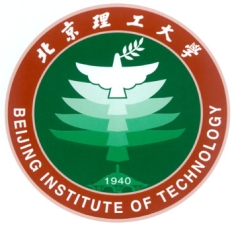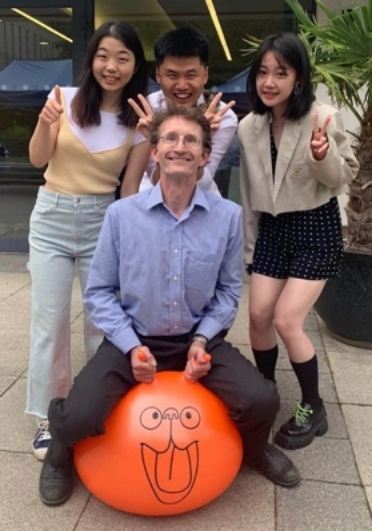7003全讯入口“博约学术论坛”-Mark Oxborrow-第471期
来源:吴昊 作者:Prof. Mark Oxborrow 发布时间:2024-09-23邀请人: 吴昊
报告人: Prof. Mark Oxborrow
时间: 2024-09-23
地点: 中关村校区,体育馆南厅A03-A04会议室
主讲人简介:


 7003全讯入口“博约学术论坛”系列报告
7003全讯入口“博约学术论坛”系列报告
第471期
题目:Using Low-Noise Amplifiers as “Refrigerators” for Microwave Photons |
报告人:Prof. Mark Oxborrow 时 间:2024年9月23日(周一) 10:00-11:15 地 点:中关村校区,体育馆南厅A03-A04会议室 |
摘要:The detection of weak electromagnetic signals at RF and microwave frequencies lies at the heart of many key applications such as mobile telecommunications, radar and magnetic resonance imaging. The required hardware often includes one or several low-noise microwave amplifiers (LNAs) to boost the signal at various points on its journey through the receiver/detector. On planet earth, at 293 K, the performance of these applications, in terms of range, sensitivity and accuracy, is limited by the presence of incoherent thermal photons in the signal that manifests itself as noise. A subset of applications, such as electron paramagnetic resonance (EPR), involves the measurement of standing waves or “modes” inside an electromagnetic cavity or resonator. It will be explained how the thermal noise within such a mode can be substantially reduced simply by strongly coupling the mode to the input of an LNA. In other words, the LNA acts as a refrigerator, cooling down the modes to which it is coupled. Mode temperatures of just a few tens of kelvin are easily obtained with the cavity and LNA still operating at room temperature. Upon disconnecting the LNA (with a sufficiently fast microwave switch), the coldness persists, allowing lower-noise measurements to be made, for a brief period of time equal to the cavity’s photon lifetime. We demonstrate how such “pre-cooling” can be used to improve the signal-to-noise ratio of a time-resolved EPR spectrometer:
The limitations and potential of this noise-reduction method with respect to other applications will be discussed. Reference: https://arxiv.org/html/2408.05371v1
|
简历:
Prof. Mark Oxborrow studied physics as an undergraduate at Oxford and then theoretical physics at Cornell. After postdocs at the Niels Bohr Institute in Copenhagen and then back in Oxford, he worked for 14 years as a metrologist at the National Physical Laboratory (the UK’s equivalent of NIM Hepingli/Changping in China) developing atomic clocks. For the last decade or so, he has been teaching and guiding students at |
联系方式:hao.wu@bit.edu.cn 邀请人: 吴昊 网 址:/ 承办单位:物理学院、量子技术研究中心 |






